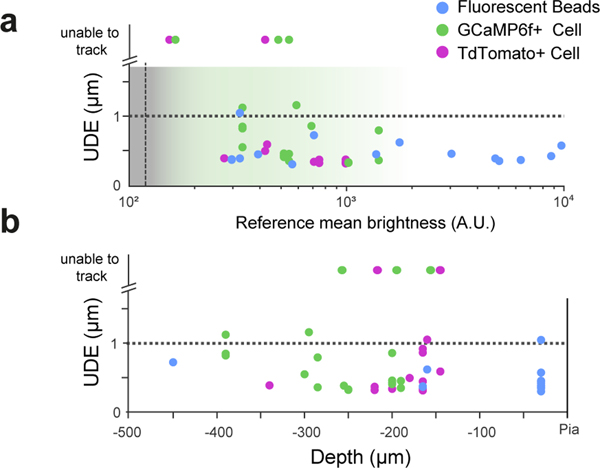Extended Data Fig. 7. Comparison of beads and somas as reference objects.
a: Comparison of tracking performance for different fluorescence reference objects with different intensities during locomotion (20X objective, n=4 mice); 4-μm, red fluorescent beads (blue), activity dependent GCaMP6f soma (green) and activity independent tdTomato soma (magenta). The grey region indicates the range of fluorescence of the object below which it cannot be resolved, due to a lack of contrast with the background. The transparent green shaded region indicates the dynamic range of GCaMP6f fluorescence and the horizontal black dashed line indicates the 1-μm uncorrected displacement error (UDE) calculated with post-hoc motion detection on 9–10 features. Beads consistently give the best performance and were typically brighter than somata. Tracking was unstable over time or impossible with some soma, indicated on the top of the graph. (n=4 mice)
b: Comparison of tracking performance as a function of depth from the pia for different fluorescence reference objects during locomotion (20X objective, n=4 mice). Data as for a (n=4 mice).

